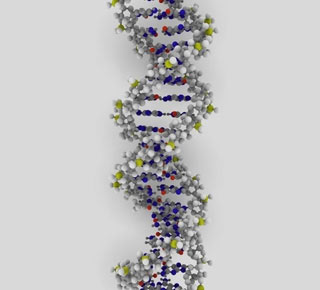
Researchers revealed a unique DNA change in the c-Myb gene which was initially associated with different cancer types. They also identified five other unusual blood stem cell profiles. This helped them examine how blood cells form and how this process gets degraded. Researchers claim that this study is the first to change the mammalian genome in a definite search to identify novel genetic regulators of stem cells.
Dr Peter Papathanasiou from The John Curtin School of Medical Research elucidates, “We’ve shown that blood stem cells with this genetic mutation behave the same way as those present in human bone marrow diseases, including diseases that can evolve into leukaemia”.
He further shares, “Given that the same genes that operate in stem cells also function in cancer cells albeit with genetic mutation this research also has potential implications for regenerative medicine, by understanding how to stimulate the growth of new blood cells.”
Dr. Perkins highlights that by understanding additional genetic blueprint of similar disorders may help them develop new ways of approaching diseases. However he says that presently there is no treatment available for this group of blood diseases, although this alteration may offer new avenues for analysis.
These findings are published in the American Society of Hematology journal, Blood.
